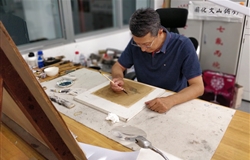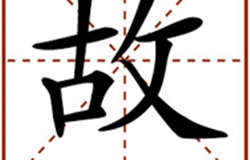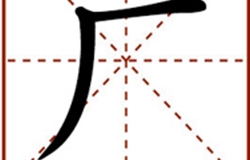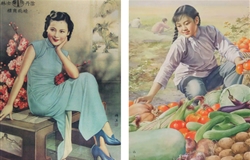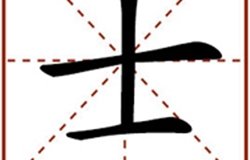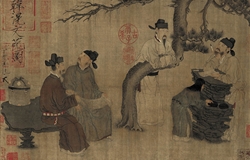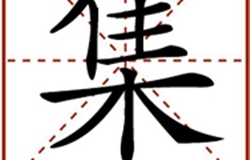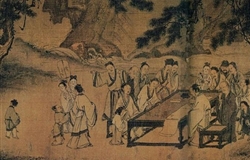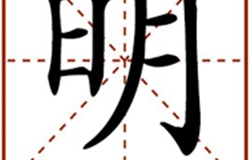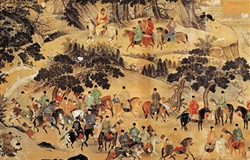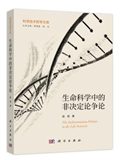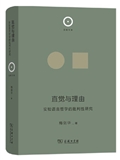Culture
-
Guo Wenlin is a professor of library science at the Palace Museum and a representative inheritor of the art of copying and reproducing ancient …[详细]11-14-2019
-
The image (left) is a part of a Republican era advertisement for Indanthren cloth; the other (right) is a part of the famous yuefenpai nianhua,…[详细]11-07-2019
-
This character usually refers to a unique social class in ancient China. It is often translated into scholar-gentry, scholar elite or scholar-offi…[详细]10-31-2019
-
“Literary Garden” by Zhou Wenju, a renowed painter during the Five Dynasties and Ten Kingdoms Period (907–960) Photo: FILE …[详细]10-31-2019
-
A detail from “Elegant Gathering in The West Garden” by the Song artist Ma Yuan Photo: FILE Yaji (literally, elegant…[详细]10-24-2019
-
This character has various meanings. It is usually used as an adjective, meaning “to be bright, light, explicit or obvious.” It als…[详细]10-17-2019
-
"The Xuande Emperor’s outing" by the Ming artist Shang Xi Photo: FILE Social transformation during the late Ming Dynasty ceas…[详细]10-17-2019
- In 221 BCE, the Qin wars of conquest brought an end to the Warring States Period, a tumultuous era marked by…MORE
- The tradition of painting coffins is deeply rooted in Han culture, and the origin of the lian-bi patterns ca…MORE
- China’s Great Wall dates back as early as to the Spring and Autumn period.MORE
- The Miaodigou culture was viewed as the heyday of painted pottery.MORE
- Xu Zhimo was known for his efforts to set Chinese poetry free from the constraints of its traditional forms,…MORE
-
Let me state that I am against a certain “apologetic” stance taken by the entire field of the humanities r…[详细]

